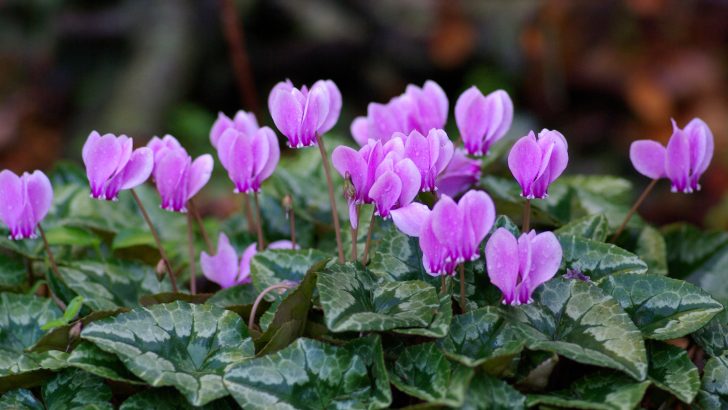Notebook
One of the great surprises of the lockdown, for me at least, was just how many in Ireland are keen gardeners. People simply couldn’t wait for gardening centres to re-open, and when they did, on May 18, there were enormous queues of people desperate to buy seeds, pots and compost.
My own lockdown gardening efforts were more modest – I’m currently struggling to keep alive a scraggly avocado sapling in a pint-glass of water – but I certainly did take more time to enjoy the garden here in St Saviour’s. I’d often seen our prior hard at work there, but rarely spent time simply at rest in the garden, taking time to take in each colour and scent and to listen to the birds who make their home there.
Creation
Symbolically speaking, the garden is, of course, central to our Faith. The creation of our first parents is described in Genesis as taking place in a garden full of fruits and growing plants and “every tree that is pleasant to the sight and good for food”.
This garden is where the Fall occurs too, where death enters the human story, so it’s fitting that God’s final answer to sin and death – the Resurrection of Christ – takes place in a garden too. How do we know this? Because when the risen Jesus appears to Mary Magdalene at the tomb, “she supposes him to be the gardener” (Jn 20:15). We can imagine, then, that this final defeat of death took place in a garden brimming with life, a place of growth, and colour, and song.
The Fall and the inauguration of the New Creation: both scenes involve a man and a woman, and both take place in gardens.
If you’re a keen reader of the Old Testament, this parallel might make you think of another garden scene involving a man and a woman: the Song of Songs. There the lover and the beloved romance each other in a place where flowers are growing, turtledoves are singing, where “the fig tree puts forth its figs, and the vines are in blossom” (Sg 2:12-13), a place scented with “nard and saffron calamus and cinnamon, with all the trees of frankincense”, and flowing with “a garden fountain, a well of living water” (Sg 4:14-15).
The Hebrew word used in the Song of Songs to name this garden should sound familiar to our ears: pardes, a borrowing from Persian, yielding ‘Paradise’ in our language.
When Christ was dying on the Cross, pinned to dead wood, he took up this word again in the promise made to the good thief: “Today you will be with me in Paradise” (Lk 23:43). In that brief phrase Jesus was promising him life in place of death, growth in place of decay, he was promising pleasure, delight, love, peace, bliss, glory.
As we cultivate our own gardens, however humble they be, we can sense this promised glory in the little glories of tree, shrub and flower. Maybe that’s why the garden centres were so busy on May 18…
****
Our community’s gardening friar pointed out to me this week the blooming cyclamen in our garden, and told me that, traditionally, this flower’s bowing head is associated with Our Lady at the Annunciation. In fact, many flowers are linked by Christian tradition with Mary: marigolds were originally ‘Mary’s Gold’, sea-pink was called ‘Our Lady’s Cushion’, and the French call foxglove ‘gants de Notre Dame’ (‘Our Lady’s Gloves’). But the rose, of course, is the most Marian flower. The Rosary, after all, takes its name from the Latin rosarium, meaning ‘rose garden’. I often think of this connection when I sit in the rose garden at the Lourdes Grotto outside the Claddagh Church in Galway. These roses were maintained lovingly over many years by the late, great Bro. Christy O’Flaherty, a member of the Dominican community there and an immensely talented gardener.
Wherever he was posted here below he cultivated little paradises; God willing, he’s at rest now in a Paradise whose colour beats them all.
****
One of the many unique features of Ethiopian Christianity is the delightful custom of maintaining miniature forests around rural churches. Every Sunday, the Day of the Resurrection, worshippers find themselves passing from the dry and dusty outside world to the cool, pleasant world of growing things, through the aroma of jasmine and juniper, through dappled light, until they arrive at the heart of the wood where they meet in the Eucharist the Risen Lord, the Divine Gardener, the Way to Paradise.


 Cyclamen
Cyclamen 